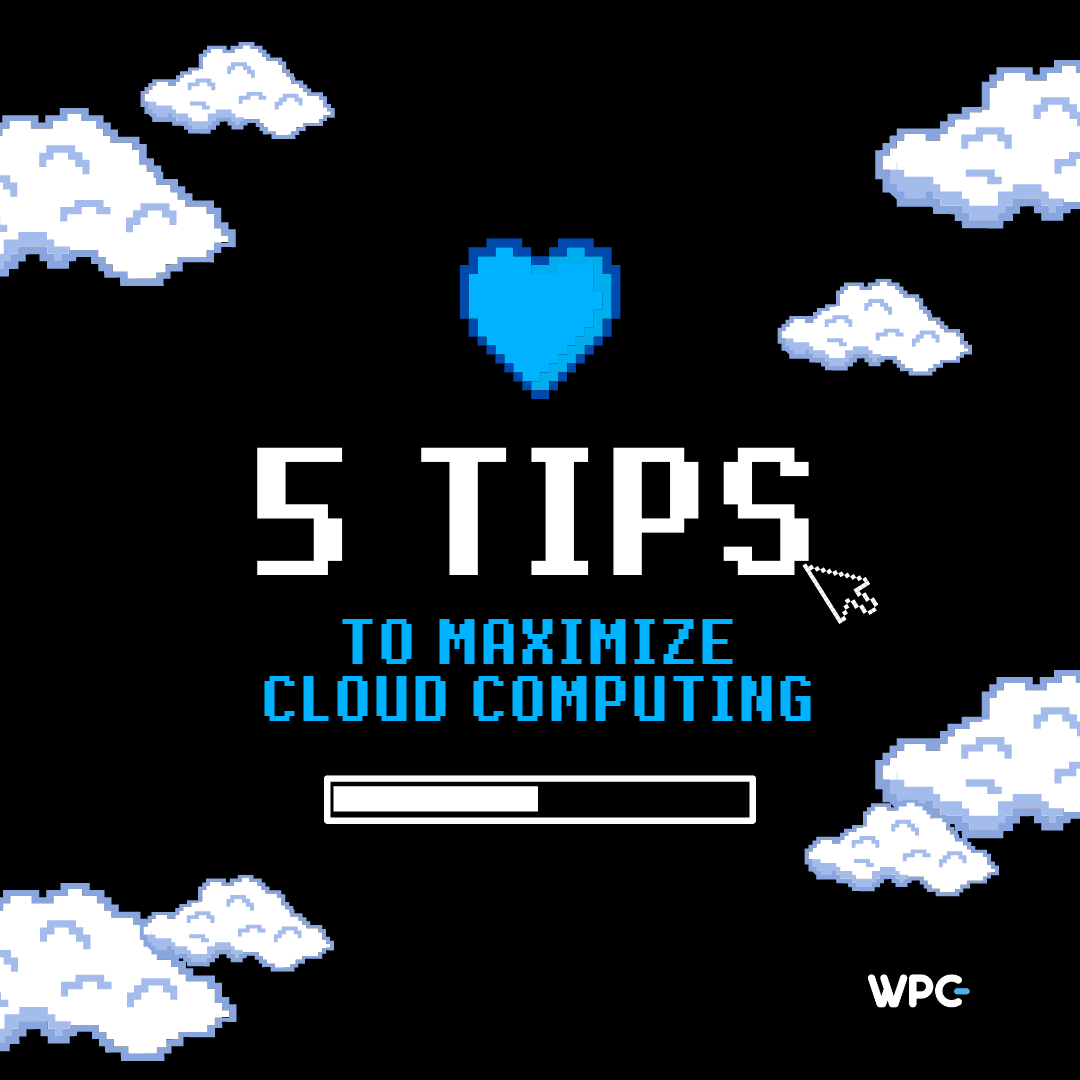Companies weren’t sure what to make of this new technology when the idea of cloud computing was initially introduced in the early 2000s. Even the most common corporations didn’t fully get what the cloud was.
Cloud services have developed over time from being primarily raw infrastructure to sophisticated services that can completely replace on-premise infrastructure, including email servers and phone switches.
You’re certainly hearing a lot about the value of the solutions and services that make up the cloud as technology develops. But even though you definitely want to join in, it’s very probable that you don’t know where to begin.
Good news: here are five tips that will help you reap the benefits of cloud computing in your business.
Work with the right cloud service provider
You should choose the best cloud provider once you’ve decided which services—such as your email, phone, file server, web server, accounting system, or other software—you want to shift to the cloud. Although there are numerous things to take into account when searching, it’s crucial to keep these three crucial elements in mind: reliability, integration, and control.
Any organization must rely on IT services that are consistently reliable. When the IT is down, your company may suffer incredibly high costs because customers become irate, the staff is unable to do their duties, you lose sales, and important IT resources are redirected to deal with the emergency. By choosing a provider that offers a 99% uptime guarantee—which ensures less than 30 seconds of unexpected downtime each month—you can shield your company from these headaches.
Second, integrating cloud services may result in a variety of additional administrative, invoicing, and support challenges. The best service providers can assist with an integration process that lets you quickly move user and device settings between various services without incurring irrational IT management fees.
Finally, your IT team shouldn’t have to work harder to control and manage your new cloud services. In fact, it ought to improve the effectiveness of IT administration. By choosing a provider with an easy-to-use control system, you can reduce labor costs while expanding the potential of your company.
Ensure that your employees know how to use the cloud.
The days of needing hardware or software preinstalled on a device are long gone. Nowadays, browsers are crucial, and provisioning usually entails a user ID, website URL, and software description for a new user. Users that have been supplied have access to software that often includes frequently asked questions, how-to videos, and tricks. Try looking for video tutorials that users should watch at the beginning of their new app journey to make sure everybody in your company is familiar with how to use your program. Before launching any application rollout, think about making seeing these videos a requirement for your staff.
Move time-consuming processes to the cloud
The pace of the globe is increasing. Things that used to take days now take only hours or minutes, and real-time is starting to replace traditional methods. To process the sheer volume of data necessary for accurate and flawless real-time responses, computing power greatly exceeds that of the majority of physical equipment. However, the cloud can easily handle this work because of its capacity for processing massive volumes of unstructured data quickly.
The secret is to be seen. Businesses can choose the jobs that tax their IT infrastructure the most and transfer them to the cloud by assessing the computational and power demands of their current operations and procedures. The cloud not only increases a business’s capacity to manage more complex digital demands but also improves data processing efficiency. Companies can also reduce their energy consumption and allocate resources for other company objectives.
Scale in accordance with business needs
Businesses that want to remain cost-effective but have the option of scaling are drawn to the cloud’s pricing flexibility. The cloud not only scales as needed, but companies simply have to pay for the features they really utilize. Businesses must, however, avoid falling into the complacency trap since, without visibility into their cloud usage, they risk spending more than necessary or not fully utilizing the cloud’s possibilities.
Management should carefully design their cloud strategy with a long-term perspective and conduct regular audits of the deployed systems and applications, as well as their processing and storage needs. This optimizes resources and company productivity by ensuring they have better insight and can grow cloud usage as needed.
Boost staff awareness of cybersecurity procedures and regulations
Since vital data and systems are increasingly being moved to the cloud, it is crucial for businesses to keep a safe cloud environment. Although the cloud already has a high level of cybersecurity, companies must make sure that their digital defenses are supplemented by improved staff understanding of cybersecurity issues.
Given that human error is often to blame for cloud breaches, it is obvious that cybersecurity awareness is a necessary skill for digital employees, who serve as a company’s first line of defense against cyberattacks. Employers should receive training on optimal cloud security procedures, and businesses should also take other precautions including assigning user access and permitted logins. This will reduce unauthorized modifications and potential harm.
Count On Us To Transform Your Cloud
While moving to the cloud is a significant milestone for any new digital firm, keep in mind that cloud transformation is a process rather than an event and concentrate on what comes next! A good cloud consultant can produce the greatest business results. Choose a supplier with strategic consulting knowledge and technical efficiency to advance your company on the cloud – choose us.







